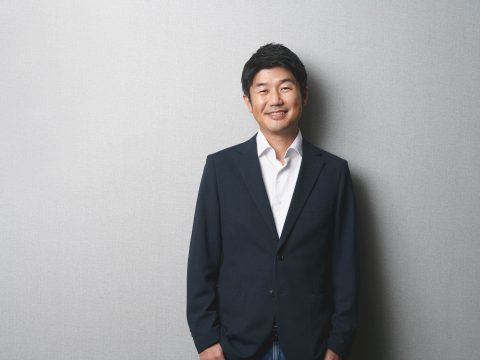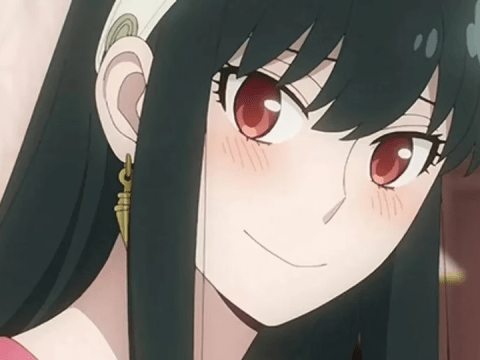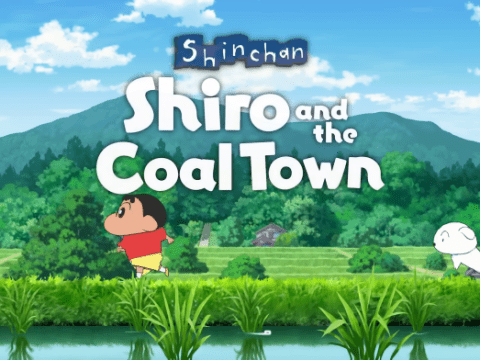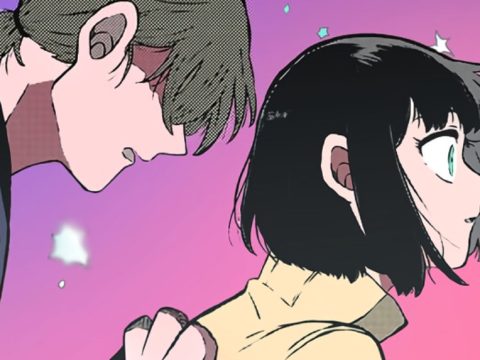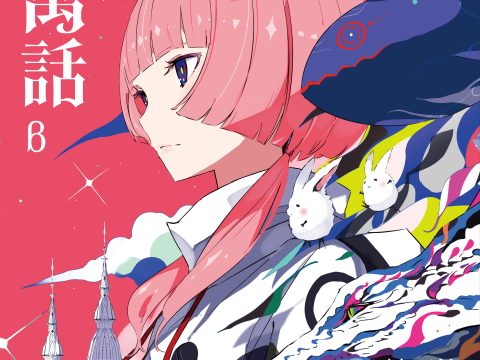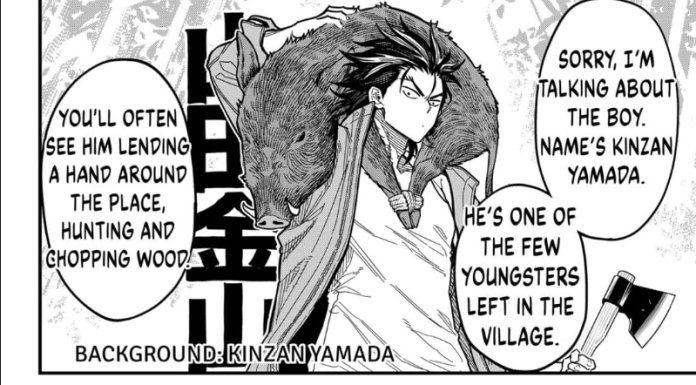
SHUEISHA’s MANGA Plus recently released the first chapter of Rugby Rumble, and readers quickly noted the poor lettering and text placement (see above). The reason? The lettering was done by AI, not a person. Specifically it was done by Orange Inc., which says it has “achieved a 90% cut in the process and cost of manga localization through AI.” After many readers were vocally upset with MANGA Plus — both for taking away freelance work and for the shoddy lettering — the publisher re-released the chapter and it looks much better. However, it’s not known if MANGA Plus will continue to use AI instead of people. The Japanese company CyberAgent, meanwhile, has very clearly stated it’s going to be replacing artists, designers and musicians with AI within the business. With 75% of Americans fearing that AI will cause job loss, and even more predicting companies won’t use AI responsibly, Otaku USA spoke with two letterers in the manga industry about the recent experience with MANGA Plus. After first detailing what goes into lettering, professional letters Phil Christie and Lys Blakeslee discuss having people and not machines doing this work.
What sort of work goes into being a manga letterer? If manga letterers are typically freelance, how does that work?
PHIL CHRISTIE: Manga Lettering is basically the process of taking a translation provided by a publisher and placing it on the relevant page, making sure the dialogue looks aesthetically pleasing in its word balloon. It includes selecting typefaces that’ll be used for the book and retouching pages to remove any text embedded into the artwork. For example, signs, packaging and asides (handwritten dialogue, typically appearing outside of speech balloons).
Most book layout and occasionally logo designs are also done by letterers, this is especially true if the work is for a lettering agency.
Being freelance, most letterers apply for the position and if accepted receive work from publishers or an agency that handles the lettering on behalf of a publisher.
For publishers in the US, if and when the company needs work, usually an editor working on the project reaches out to you via email and asks if you’re interested in taking on the series or job. Included in the email generally a page/book rate, due date and maybe some additional details about the manga in question.
Accepting a job, the letterer is given access to the page files, translation and anything else they’ll need to put the book together. The next step is usually laying everything out in Adobe InDesign. The letterer places every page in a document and positions it to match the Japanese book. After that, each line of dialogue and sound effect is taken from the translation and placed in the document in the correct position. Sizes of text and fonts are changed if necessary; sound effects removed and replaced if the publisher requests it.
Usually after a book is done, letterers go through 1-3 rounds of corrections and fix anything they may have accidentally missed. This is also where any changes to a translation get handled, either for aesthetic—i.e. it fits better in the balloon—reasons, or to make the translation read a different way.
The frequency in which work is offered is pretty regular, depending on whether the letterer can handle it. Deadlines can vary from 7 days to 2 months for a book to be complete. It’s different for each company and depending on the complexity of the work.
For agency work, it’s more volume-based and letterers are expected to complete a certain amount of pages within a month. Work can be much more regular, but turnaround is a lot faster and deadlines for a book can be a few days as opposed to weekly or monthly.
I haven’t worked with an agency in about 5 years, so I can only speak on how it was at the time, but a project manager from the agency will contact you for work and provide the files. Similar to the US companies, you download everything, layout the book, and then proceed to letter the pages. A big difference is that most books are essentially handled by two people: The translator and the letterer. Anything the translator doesn’t do, becomes the job of the letterer. From what I can tell, there’s no editor. Although, this may have changed in recent years.
Book layout, adding page numbers, contents pages, copyright pages, logos etc. are also handled by the letterer on top of everything else. This additional work is also usually uncompensated.

[Sample of page lettered by Phil Christie]
Recently it was discovered that MANGA Plus used AI to letter Rugby Rumble and the writing was all over the place. What would you say to any companies that want to replace people with AI to letter manga?
LYS BLAKESLEE: Manga is a form of art, driven by the creative expression of people who want to share their own vision and world. We may look askance at the series that simply rehash trends or come across as less creative in their execution, but even these are pretty incredible feats of some person’s dedication to the craft. While not the same as creating an entire manga from the ground up, lettering too is a creative expression that serves both readers and artists, a bridge that realizes someone else’s creative vision and helps to make it accessible. I strongly feel that upholding standards of quality (for lettering, translation, print quality, etc) are all choices that publishers can make to show respect for artists and the art form, and these choices in turn help readers to care about and value the work. Putting out a product with shoddy workmanship is disrespectful to the artist who put their own best effort into the work, and suggests to readers that their reading experience doesn’t matter (or even that manga itself doesn’t matter, if even the publisher doesn’t care about the quality so much as it simply wants to push a mountain of “content” out into the world).
There may be a place for AI or computer tools to aid in the localization effort, but I think in the context of manga, humans will always be incredibly important in making the creative decisions and interpreting the original artist’s intent. Companies with an interest in AI tools should be asking their freelancers what would be most helpful to us in our working processes, rather than coming at it as a way to eliminate human involvement.
PC: For now, I think the use of AI tools to letter manga is mostly something agencies outside of the US will be interested in. The nature of their business is to outbid each other and get work for as cheap as possible to secure a contract. I’ve worked for three agencies in the past and all of them were technology/translation companies that did lettering as more of a side gig. They appear to have little to no interest in manga itself. Unfortunately, when that’s your business model and you don’t really understand the nature of the job you’re trying to do, bad lettering like Rugby Rumble is what you get.
Companies thinking about replacing people with AI to letter manga, would probably be more successful focusing on working alongside letterers and translators to improve their product as opposed to cutting costs. AI could be a useful tool, and if companies choose to do the right thing, it benefits everyone. Nobody needs to lose their job. It all depends on how they choose to implement AI (if at all). I sympathize with the publishers, though. Piracy is still rampant and even if they wanted to, they couldn’t publish every book that is released in Japan. So naturally they look for tools to help.
Are you and other letterers concerned about your future work because of AI? Do you think if companies use AI for letterers, they might expand from there, like using AI for translators and maybe even artists and writers?
PC: I’d be lying if I said I wasn’t worried about AI and its potential to take away work, but fortunately, all of the major publishing companies in the US are staffed by people who love manga. A lot of them are sensitive to what’s going on, so I’m hopeful they’ll make the right choice when it comes to AI and use it to help rather than to replace.
If letterers get replaced by artificial intelligence then I think the next natural progression would be translation, writing and even artwork. The question is: is anybody going to be interested?
LB: I’ve been lettering since 2009 and at least personally feel pretty stable in my relationships with multiple publishers and editors. I’m encouraged that most mainstream publishers in the US seem to value the work provided by skilled translators, letterers, editors, designers, and more. However, I’m concerned when newer or overseas companies, perhaps seeing the success of manga internationally, start their own licensing efforts without appearing to research what the current standards are or what their potential customers might expect from a publisher, or maybe without asking themselves whether they have the budget to pay what quality work is worth. I have the experience to know what my time and skill are worth, but I do worry about newer letterers who may not have the industry knowledge or the resources or position to advocate for themselves.
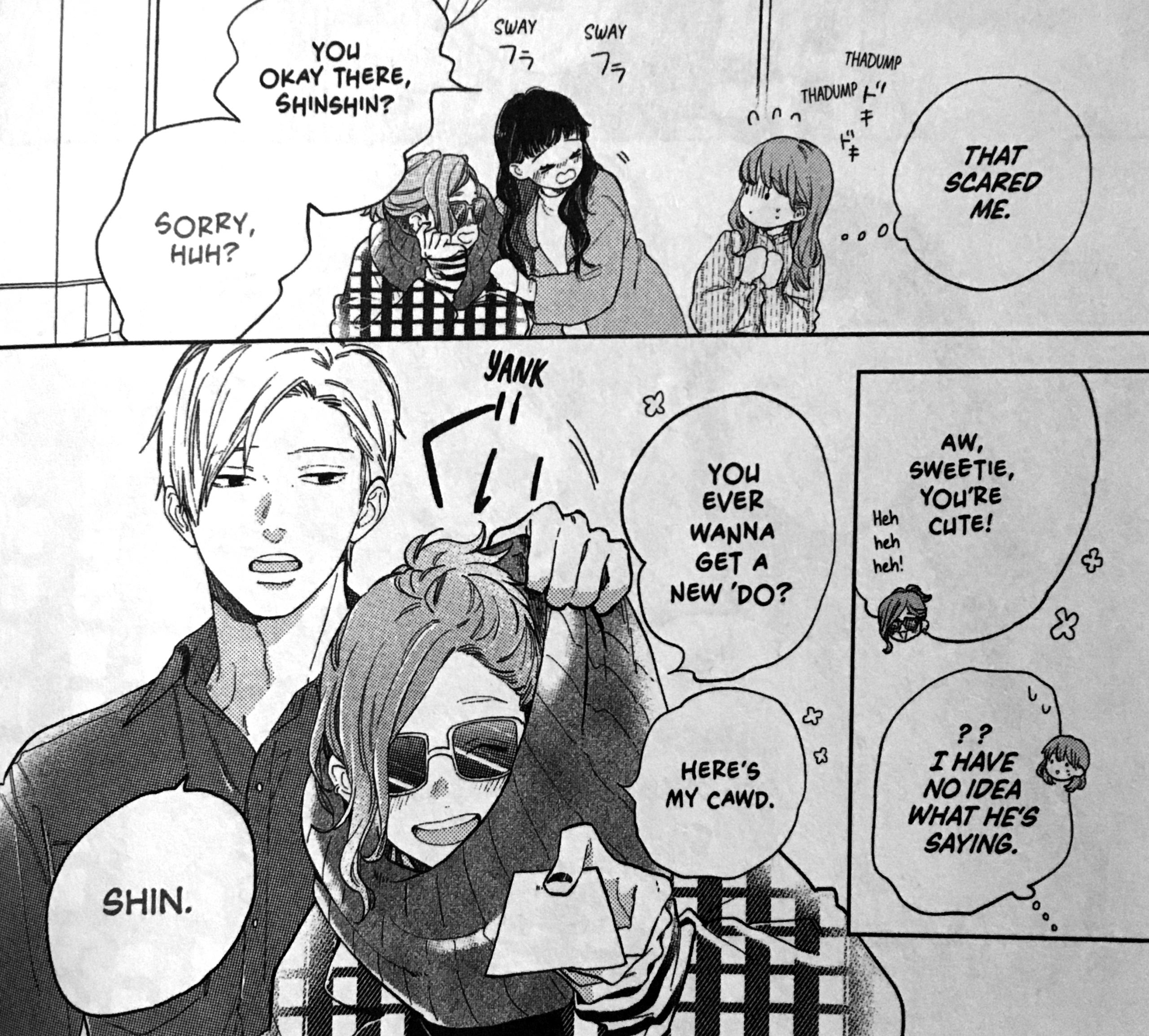
[Sample of page lettered by Lys Blakeslee, A Sign of Affection © suu Morishita, Kodansha Ltd., Kodansha USA Publishing]
What can manga fans do to make sure manga letterers keep their jobs?
LB: It was fantastic to read the responses of readers who recognized an unacceptable level of quality in Rugby Rumble‘s recent debut, and spoke up to express both their interest in the work itself, and their disappointment with the localized version, conveying an expectation that the publisher do better. I was encouraged that this did prompt the publisher to take action and reverse course, and I hope that lasts. As a letterer I am always keenly aware of the creative choices other letterers make and the standards that various companies uphold, even when I’m just reading something as a fan. Likewise with manga translation, I have a long list of favourites in the industry who bring me so much delight and admiration as I read. It may be a little self-serving, but I’d love for these positive examples to get more attention and celebration (from readers, reviewers, even publishers when appropriate). I think it’s easy to take great lettering and translation for granted and only raise an outcry when something looks or reads terribly (at which point it’s usually too late for that particular work…) Seeing more discussion and analysis about what good work looks like helps train readers’ minds and leaves less room for companies to try to slip by with lower quality. And I can absolutely say that knowing our hard work is seen and appreciated, even by one or two people who care enough to say so, is an incredible boost to motivation and dedication to keep up the work we do!!
PC: I’m not really sure it’s the manga fan’s job to help letterers, but I’d like to think that incidents like Rugby Rumble show companies how much the fans care and highlight the importance of good lettering.
I think the backlash it received and the fact that so many people spoke up about it is exactly what needed to happen. When the fans speak up, it’s a win for everyone involved. Companies are forced to do better, letterers and translators keep their job, the artists work is respected and ultimately the readers have a better experience. What happened with Rugby Rumble was, the company produced a bad end result, letterers and translators lost work, the artist was represented poorly and fans hated it. Everyone lost.
____
Danica Davidson is the author of the bestselling Manga Art for Beginners with artist Melanie Westin, plus its sequel, Manga Art for Everyone, and the first-of-its-kind manga chalk book Chalk Art Manga, both illustrated by professional Japanese mangaka Rena Saiya. Check out her other comics and books at www.danicadavidson.com.


